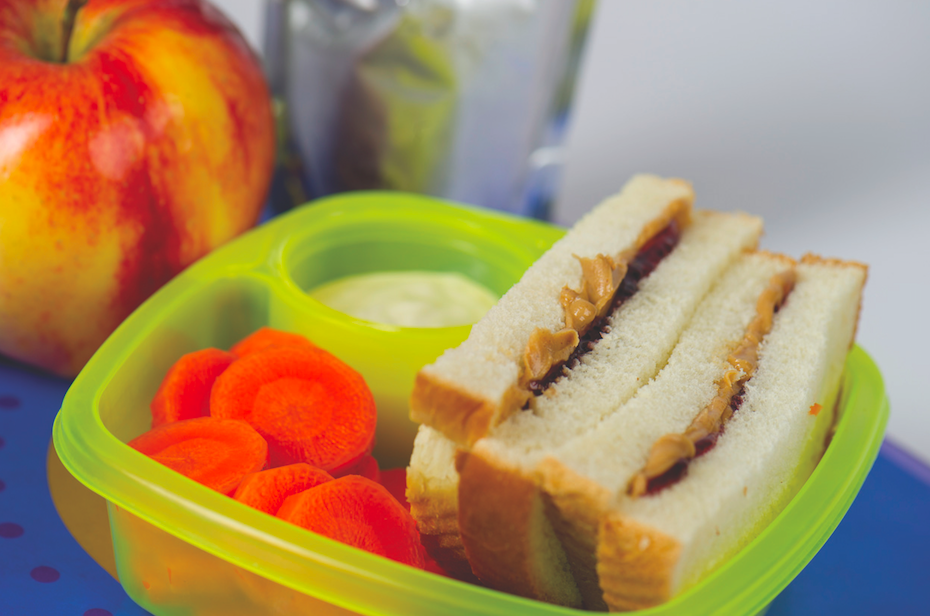Across the country, people are packing boxes, hiring trucks and moving short and long distances. The U.S. Census Bureau says that around 12 percent of the population moves each year. According to a survey by DuProprio, a Quebec-based real estate advice site, 28 percent of Canadians feel the need to move every five years. Surprisingly, DuProprio also found that 14 percent of owners wish they could move every year.
The main reasons people move are expansion of the family, a career change, retirement, empty nest situations, or when moving is more practical than large-scale home renovations. While some people stick close to previous home locations, a 2015 American Community Survey found approximately 16.9 million people moved to a different county in 2015.
Whether a move is across county lines or overseas, it can take some time to acclimate to a new neighborhood. These tips can help anyone get acquainted with their new surroundings and make friends in the process.
 1. Host a housewarming party. Get to know immediate neighbors by hosting a party. After some unpacking is done, host a simple get-together for people who live nearby. Ask if neighbors can help out by bringing chairs. Offer light refreshments and some type of activities for children. The event doesn’t have to be extensive, just long enough to engage in some conversation and introduce yourself.
1. Host a housewarming party. Get to know immediate neighbors by hosting a party. After some unpacking is done, host a simple get-together for people who live nearby. Ask if neighbors can help out by bringing chairs. Offer light refreshments and some type of activities for children. The event doesn’t have to be extensive, just long enough to engage in some conversation and introduce yourself.
2. Walk and drive around. Scout out the area by driving around and making note of shopping centers, parks and places of interest. Schedule times when you will get out of the car and walk around on foot, which makes it easier to take everything in. Use a website like Walkscore.com to find places within walking distance of your new home. Bring the dog along. Dogs can be great ice breakers with new neighbors.
3. Check out community blotters. Community events may be posted in print and distributed through a local newspaper and also on municipal websites. Find out where the locals go on weekends or during the week. Communities may take pride in certain activities. It’s easier to get a feel for the neighborhood by spending time with the locals.
4. Become active in the community. Find a volunteer organization or join a local house of worship. Check with the local chamber of commerce for ways to get involved or clubs to join. Like-minded people can make living in a new locale more enjoyable.
5. Dine out once a week. If budget allows, try a new neighborhood eating establishment each week to get a lay of the land. You’ll identify hot spots and hidden gems and will also be able to mingle with the community. An app such as Open Table can help you find places to eat nearby.




 · Navigational tools:
· Navigational tools:

 1. In slow cooker stoneware, combine beans, tomatoes, green onions, poblano, jalapeño peppers, garlic, lime zest and juice, and cheese. Stir well. Cover and cook on high for 11/2 hours, until mixture is hot and bubbly. Stir in cilantro, sprinkle with green onions, if using, and serve.
1. In slow cooker stoneware, combine beans, tomatoes, green onions, poblano, jalapeño peppers, garlic, lime zest and juice, and cheese. Stir well. Cover and cook on high for 11/2 hours, until mixture is hot and bubbly. Stir in cilantro, sprinkle with green onions, if using, and serve.











